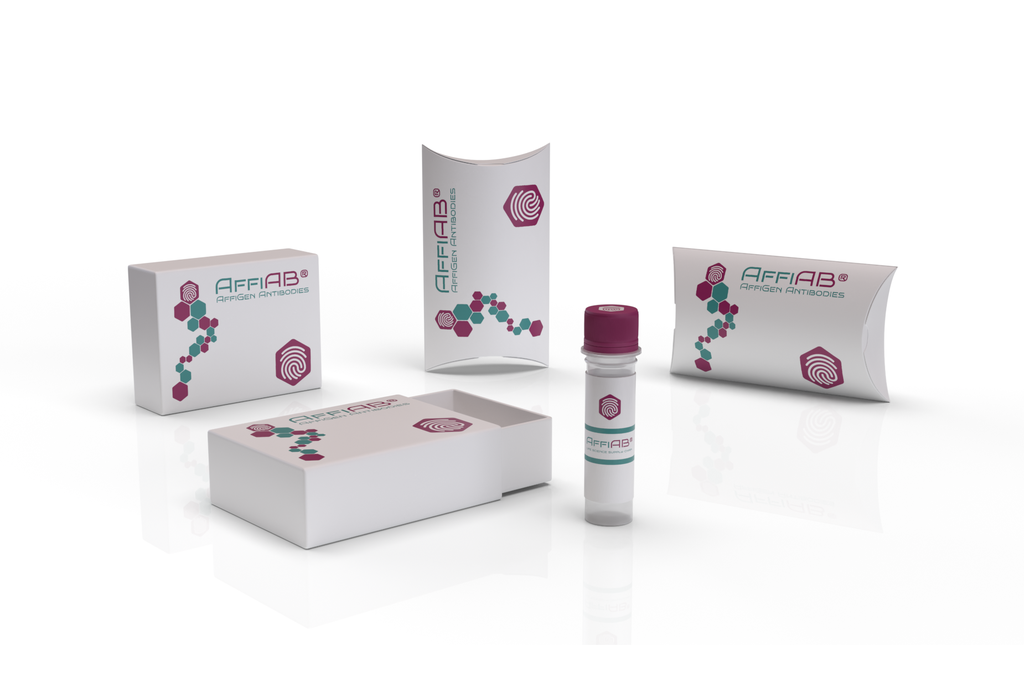AffiAB® Anti-TAZ Antibody
Transcriptional coactivator which acts as a downstream regulatory target in the Hippo signaling pathway that plays a pivotal role in organ size control and tumor suppression by restricting proliferation and promoting apoptosis . The core of this pathway is composed of a kinase cascade wherein STK3/MST2 and STK4/MST1, in complex with its regulatory protein SAV1, phosphorylates and activates LATS1/2 in complex with its regulatory protein MOB1, which in turn phosphorylates and inactivates YAP1 oncoprotein and WWTR1/TAZ . WWTR1 enhances PAX8 and NKX2-1/TTF1-dependent gene activation . In conjunction with YAP1, involved in the regulation of TGFB1-dependent SMAD2 and SMAD3 nuclear accumulation . Plays a key role in coupling SMADs to the transcriptional machinery such as the mediator complex. Regulates embryonic stem-cell self-renewal, promotes cell proliferation and epithelial-mesenchymal transition.
Antibody type
Rabbit polyclonal Antibody
Uniprot ID
SwissProt: Q9GZV5 Human; SwissProt: Q9EPK5 Mouse
Recombinant
NO
Conjugation
Non-conjugated
Host
Rabbit
Isotype
IgG
Clone
N/A
KO/KD
N/A
Species reactivity
Human, Mouse
Tested applications
WB, IHC-P, IF-Cell
Predicted species reactivity
N/A
Immunogen
Recombinant protein within human TAZ aa 1-200 / 400.
Storage
Store at +4°C after thawing. Aliquot store at -20°C. Avoid repeated freeze / thaw cycles.
Form
Liquid
Storage buffer
1*TBS (pH7.4) , 0.2% BSA, 50% Glycerol. Preservative: 0.05% Sodium Azide.
Concentration
1 mg/mL.
Purity
Immunogen affinity purified.
Signal pathway
N/A
Recommended dilutions
WB: 1:500-1:1, 000; IHC-P: 1:100-1:500; IF-Cell: 1:100-1:200
Molecular Weight
44 kDa
Subcellular location
Cell membrane, Cytoplasm, Membrane, Nucleus.
Positive control
Human placenta tissue lysate, 293T cell lysate, human kidney tissue, mouse brain tissue, A549, HT-29.
